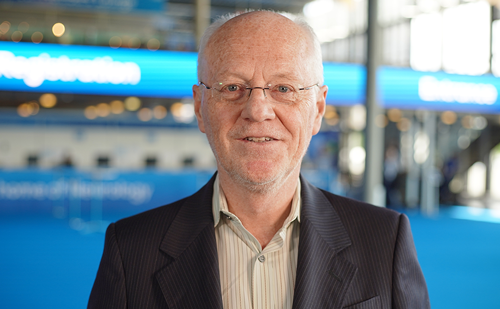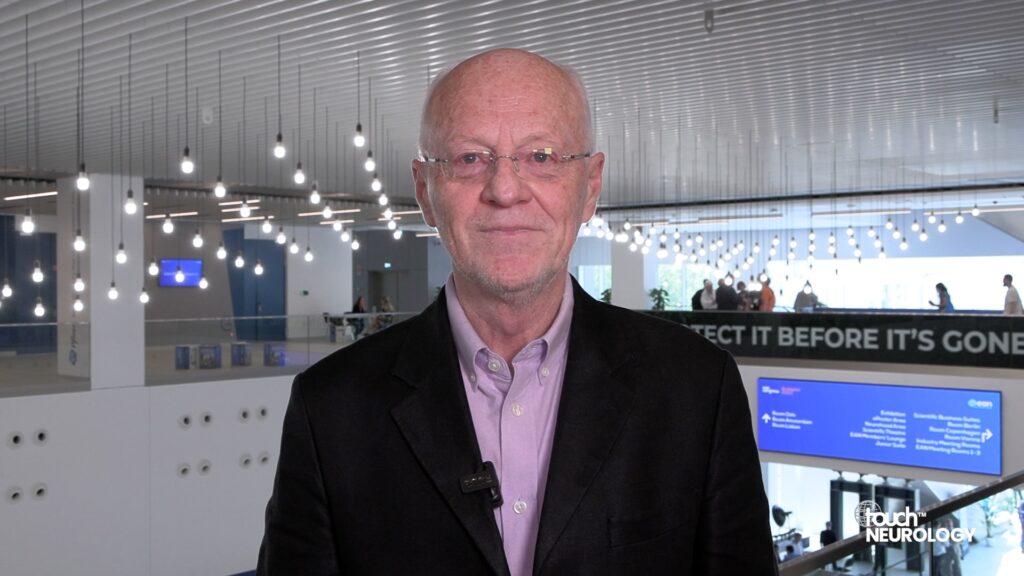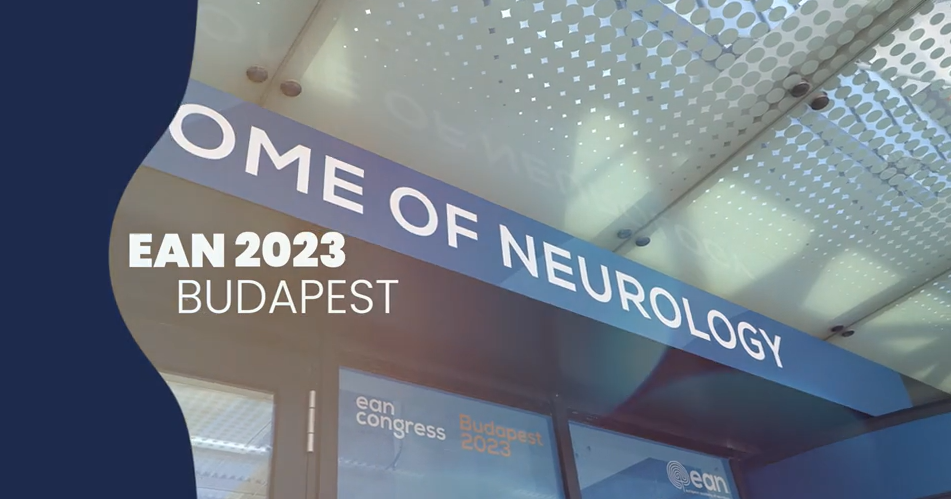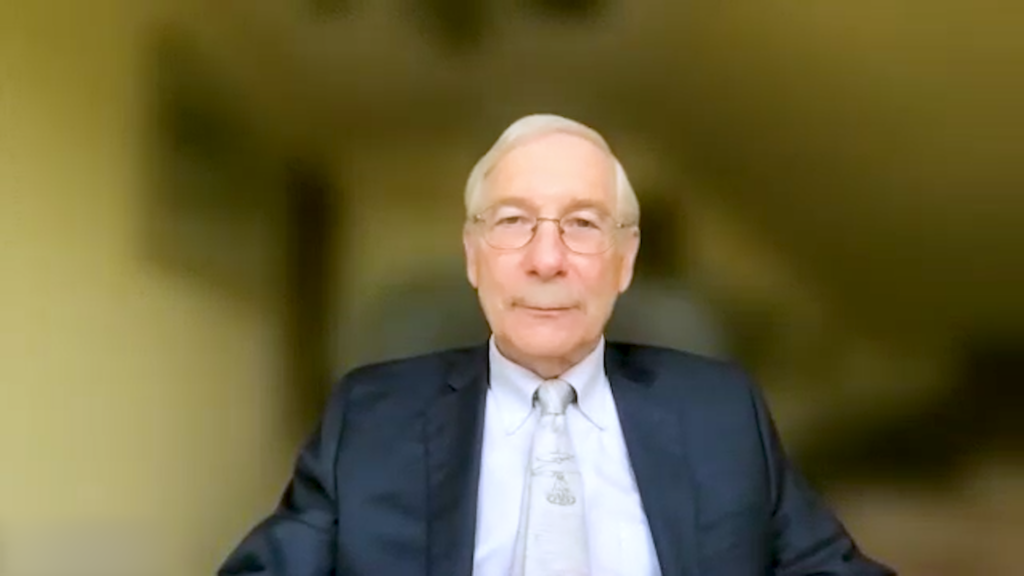In this touchNEUROLOGY interview, editorial board member Prof Peter Goadsby (King’s college Hospital, London) highlights two presentations from the annual European Academy of Neurology (EAN), July 1–4, 2023, in the field of migraine; the first by Klein et al. looking at a new potential biomarker of visual snow syndrome, and the second a presentation that he worked on looking at clinical predictors of cranial autonomic symptoms in patients with chronic migraine.
OPR-058 Alterations of the EEG alpha-rhythm as potential biomarker of visual snow syndrome
EPR-143 Clinical predictors of cranial autonomic symptoms
Disclosures: Peter Goadsby has received consultant fees from: Aeon Biopharma, Abbvie, Amgen, CoolTech LLC, Epalex, Eli Lilly, GlaxoSmithKline, Gerson Lehrman Group, Guidepoint, Tremeau, Lundbeck, Novartis, Pfizer, Praxis, SAI Med Partners, Sanofi, Satsuma, Shiratronics, Teva Pharmaceuticals and Vector Metric. He has received royalties or licenses from Massachusetts Medical Society, Oxford University Press, UptoDate and Wolters Kluwer. He has received grant/research support from Celgene and honoraria/honorarium from CME Outfitters. He is a member of the advisory board for Aeon Biopharma, and discloses a leadership or fiduciary role in other board, society, committee or advocacy group, paid or unpaid with: American Headache Society,
Migraine Trust and Organisation for Understanding Cluster Headache (UK).
Support: Interview and filming was supported by Touch Medical Media. The interview was conducted by Sophie Nickelson.
Filmed as highlight of EAN 2023.









